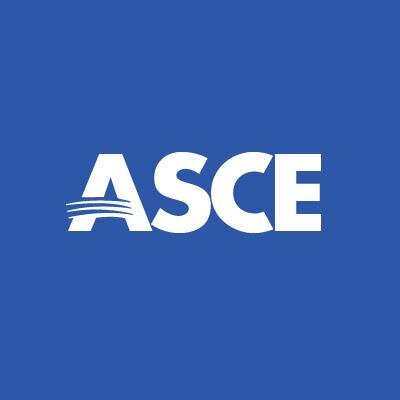Flipped Classrooms
Description
Undergraduate education in the 21st century can be a difficult thing to perfect without some snags. Instructors often have other responsibilities like research that take away from being able to advance their teaching practices beyond simple lectures. Even still, many students aren't able to devote as much time to their studies as they would have hoped because of other obligations in their lives such as jobs. Flipped Classrooms have shown to be a favored approach by presenting lessons outside of the classroom, and instead reserving class time for problem solving and further exploration of concepts.
Using your Campus as a Laboratory: An adaptable field trip on Geomorphology for Engineering Geology (Article)
Author(s): Sample-Lord, K., Smith, V., Gallagher, P., & Welker, A. L.
Civil engineers at Villanova University are required to take a geology course as part of their undergraduate curriculum. However, engaging and interesting civil engineering students in geology has historically been a challenge.
Learn More

Developing an Engineering Geology Field Trip to Enhance Student Learning: A Case Study (Article)
Author(s): Patricia Gallagher, Ph.D., P.E.; Walter Yerk, S.M.ASCE; Philip S. Getty, P.G.; Kristin Sample-Lord, Ph.D., P.E., M.ASCE; Loÿc Vanderkluysen, Ph.D.; and Robert Swan Jr.
Geotechnical engineering faculty at Drexel University and Villanova University collaborated with local geologists to develop a field trip for their engineering geology courses. The intention of the courses is to have students understand how geology relates to their other courses and careers as engineers.
Learn More

The Use of Flipped Classrooms in Higher Educations: A Scoping Review
Author(s): O’Flaherty, J., Phillips, C.
There is increasing pressure for Higher Education institutions to undergo transformation, with education being seen as needing to adapt in ways that meet the conceptual needs of our time. Reflecting this is the rise of the flipped or inverted classroom.
Learn More
From Sage on the Stage to Guide on the Side
Author(s): King, A.
In most college classrooms, the professor lectures and the students listen and take notes. The professor is the central figure, the "sage on the stage," the one who has the knowledge and transmits that knowledge to the students, who simply memorize the information and later reproduce it on an exam often without even thinking about it.
Learn More
Patricia Gallagher, PhD
Professor Emerita | Department of Civil, Architectural & Environmental
Research Interests Include: Geotechnical and geoenvironmental engineering, soil improvement, recycled materials in geotechnics
Visit Faculty Profile

Pavel Grinfeld, PhD
Associate Professor | Department of Mathematics
Research Interests Include: Application of the Differential Calculus of moving surfaces and Variational Calculus, with heavy emphasis on computation, to problems in Bioengineering, low temperature Physics, Quantum Mechanics and Elasticity
Visit Faculty Profile

Kara Spiller, PhD
Associate Professor | Department of Biomaterials
Research Interests Include: Macrophage-biomaterial interactions, drug delivery systems, and chronic wound healing
Visit Faculty Profile

Chris Weyant, PhD
Teaching Professor | Materials Science and Engineering
Research Interests Include: Engineering Education
Visit Faculty Profile

Missing Something?
Have an suggestion for an evidence-based pedagogy that we haven’t covered yet? Do you know of a
faculty or staff member we should feature? Have you published on evidence-based teaching? Please share your ideas with us at castle@drexel.edu